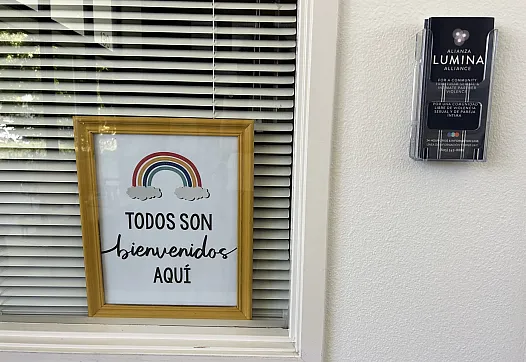
Undocumented survivors of intimate partner violence face added challenges, including the normalization of abuse.

Undocumented survivors of intimate partner violence face added challenges, including the normalization of abuse.
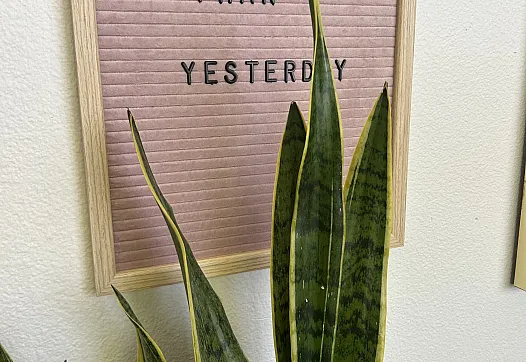
In this first episode of a three-part series about domestic violence in San Luis Obispo County, reporter Melanie Senn spoke with law enforcement and a local survivor.
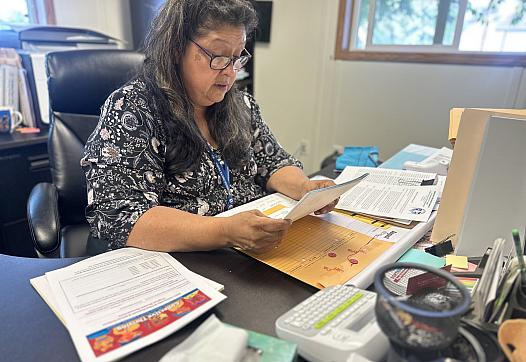
Domestic abusers often evade the legal system with many cases being underreported, but on reservations, a lack of coordination between federal, state, and tribal laws makes prevention and prosecution even more difficult.
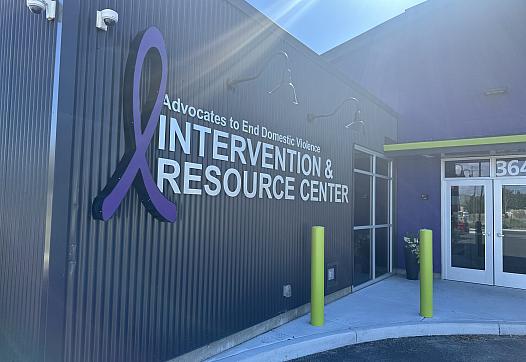
The smaller the town, the harder it can be to find a safe haven.
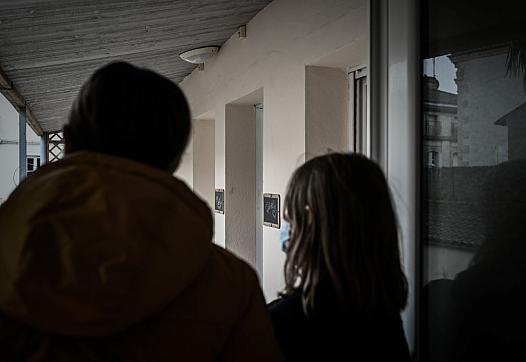
Explore the intersection of domestic violence, regional disparities, and healthcare challenges in Nevada, highlighting policy failures and the urgent need for change.

Explore the systemic failures in California's family courts that perpetuate injustice for domestic violence survivors, including dismissive judges and a lack of transparency.

A severe shortage of court reporters in California and the rest of the nation is denying thousands of poor litigants access to justice.
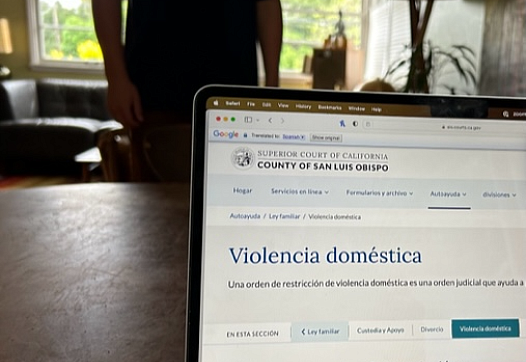
Undocumented survivors of domestic violence often face a daunting set of additional hurdles when seeking help.

A new helpine in Arizona is part of a larger effort aimed at engaging perpetrators in meaningful conversations about their abusive behaviors.

When Milwaukee officials announced a new program to help police identify who is most at risk to be killed by a partner in 2014, I thought it was the answer. Despite those efforts, people keep dying. Why?